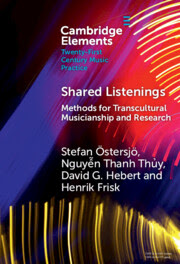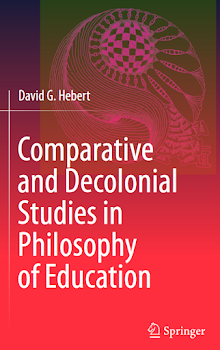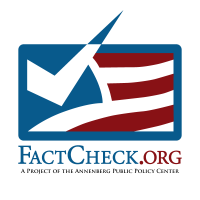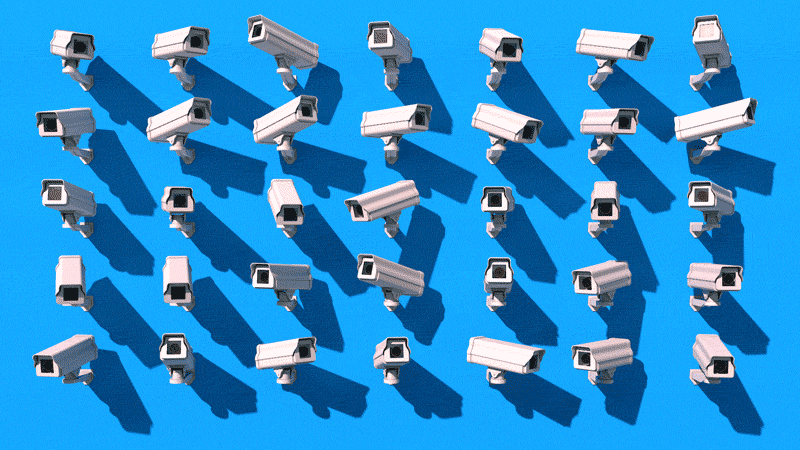
“Tanglewood II – Charting the Future: A Symposium on Music Learning for the Twenty-First Century” is an ambitious project that was launched in June of 2006, with the first of eight pre-symposium events offered at various American universities nationwide. It concluded on June 25th-29th of 2007, with the wrapping up of an online forum involving more than 5,000 participants followed by a week-long “think tank” residency hosted by
The wider historical and institutional context of this event is that it is a forty-year anniversary of the original Tanglewood Symposium that was hosted by
The world has changed dramatically over the forty years since that declaration was issued, yet it continues to be regarded as an especially important document in the history of music education (both in the USA and abroad), resulting from what is seen as perhaps the most significant event in the field during the latter half of the 20th century, the Tanglewood Symposium. Forty years later, Tanglewood II was modeled on the original Tanglewood Symposium. Its objectives, according to the symposium website were “to project a future that will act as a guide for music learning, both within and outside of formal programs . . . Since the original Tanglewood, much has been learned about how the human community processes music, what values it attaches to music experience, and, most importantly, how people learn music. This is the subject of Tanglewood II, a duplication of Tanglewood I in spirit, but decidedly and substantially of the 21st century.”
The Tanglewood II Declaration is scheduled to be published on the project website in the next few weeks (by the end of November 2007), and a DVD and other materials are currently in preparation. Hopefully these Tanglewood II outcomes will inspire further dialogue regarding the current state and future direction of music education.
For more information, please see the Tanglewood II website:
























No comments:
Post a Comment